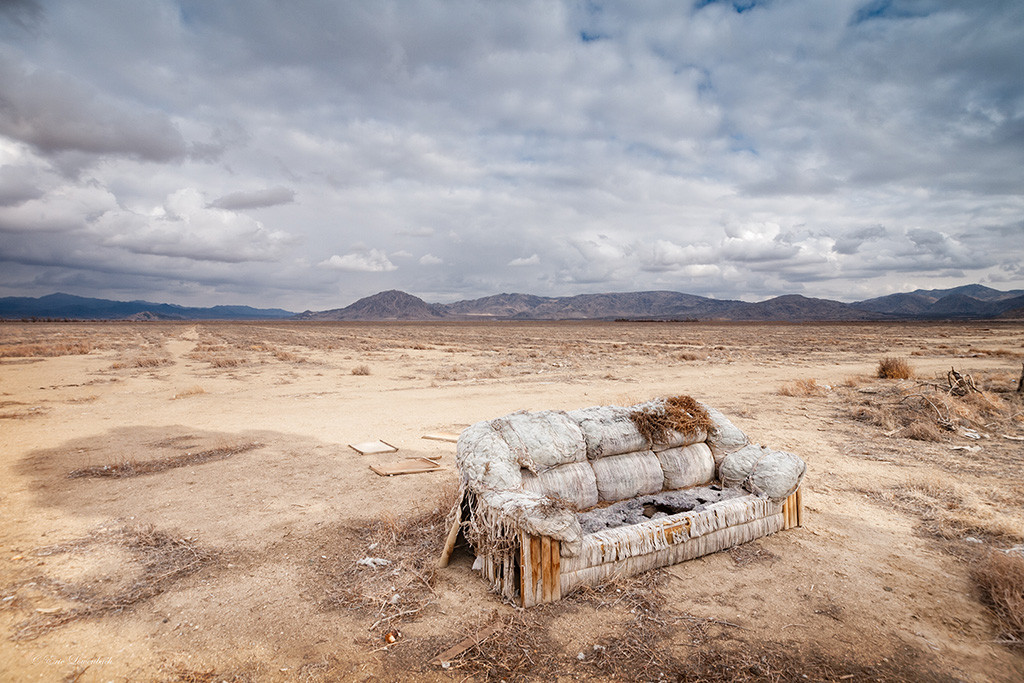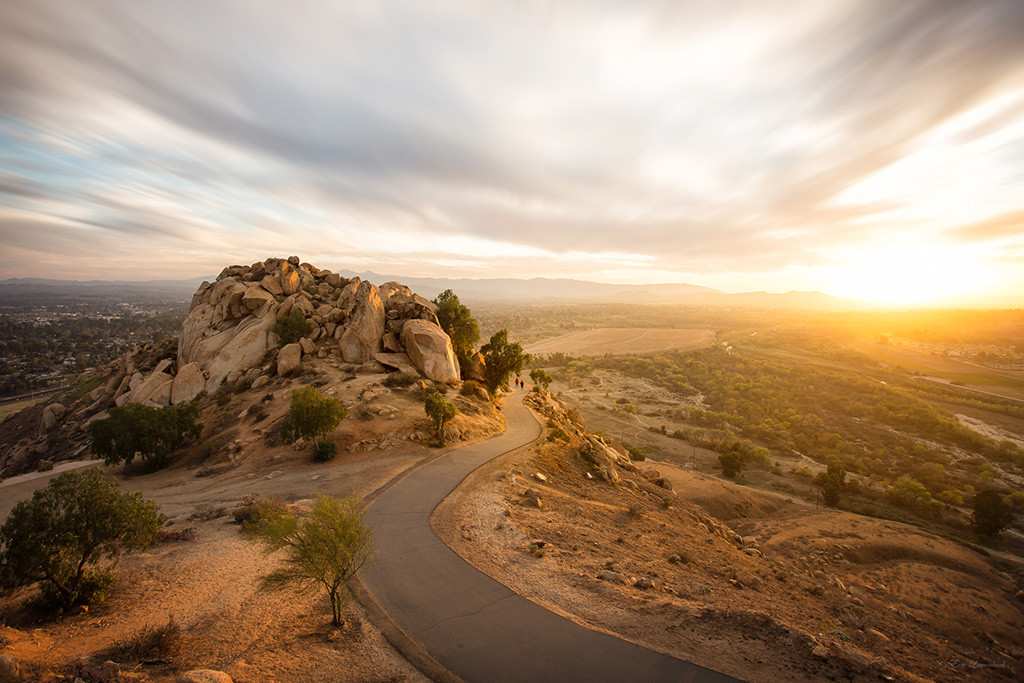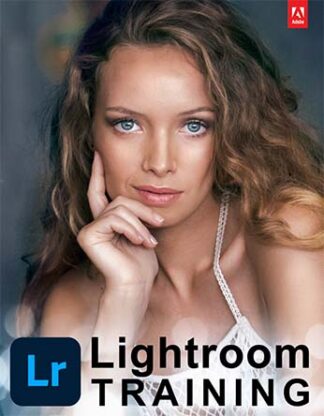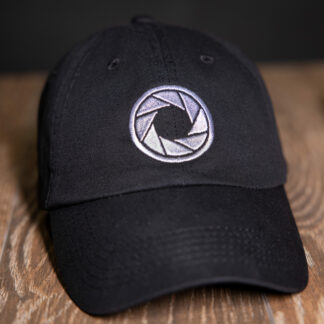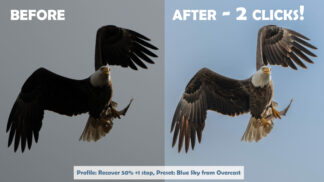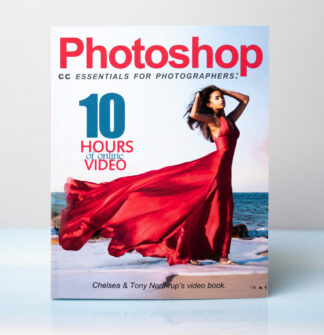
Let’s face it, the opportunities available to budding photographic hopefuls aren’t as bountiful as they once were. Traditional channels of employment, outside of weddings and portraiture, have become increasingly rare. In the age of “citizen journalism,” capturing the world’s every move via smartphone and beaming it to social streams, it can feel like there’s little room to capitalize on your skills.
But this blog isn’t about throwing in the towel, it’s about doing what you do better than “citizen x” with an iPhone! Let’s talk about creating compelling images for a company’s social media feeds. Captivating images; shots that set quality spaces and businesses apart from the white noise of snapshots.
Shooting social stock can mean different things to different businesses. Today we’ll focus on bars and restaurants. Theses spaces can be challenging to shoot in due to their fast pace and often limited lighting, but that’s a good thing. It gives you an opportunity to leverage your skills and equipment to produce quality work. A job done well can amplify a space’s social signals, and with that comes increased engagement in their business. If your images can do that, expect to be asked back.
When shooting a space these are a few guidelines that I like to follow.
-
Don’t get in the way.
Often times you’ll be asked to shoot during very busy times. No one wants shots of their bar/restaurant empty so in order to get your shot expect to work quickly and efficiently. If shooting around a busy bar you’ll need to keep your head on a swivel. Once bartenders or servers see you as an obstacle you’ll have made your job much more difficult.

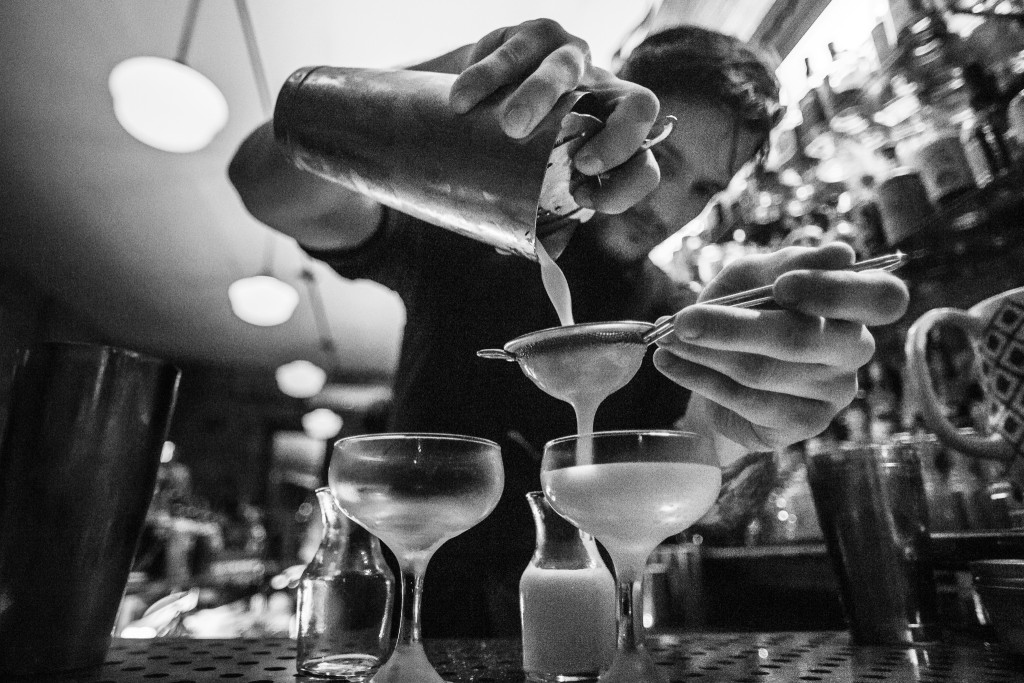
-
Keep it candid.
Posed shots can feel a bit too much like an advertisement. You want the feed’s viewers to easily imagine themselves in the space. Posed shots of a beautiful couple can almost feel intimidating to the audience. Your images should feel welcoming.

-
Focus on what makes the space special.
This can be the decor, the staff, or maybe a unique dish or cocktail. If you’re lucky it’ll be all of those things. If nothing stands out don’t be afraid to ask staff or management. You’re there to make them look as good as possible which in turn will showcase your skills.
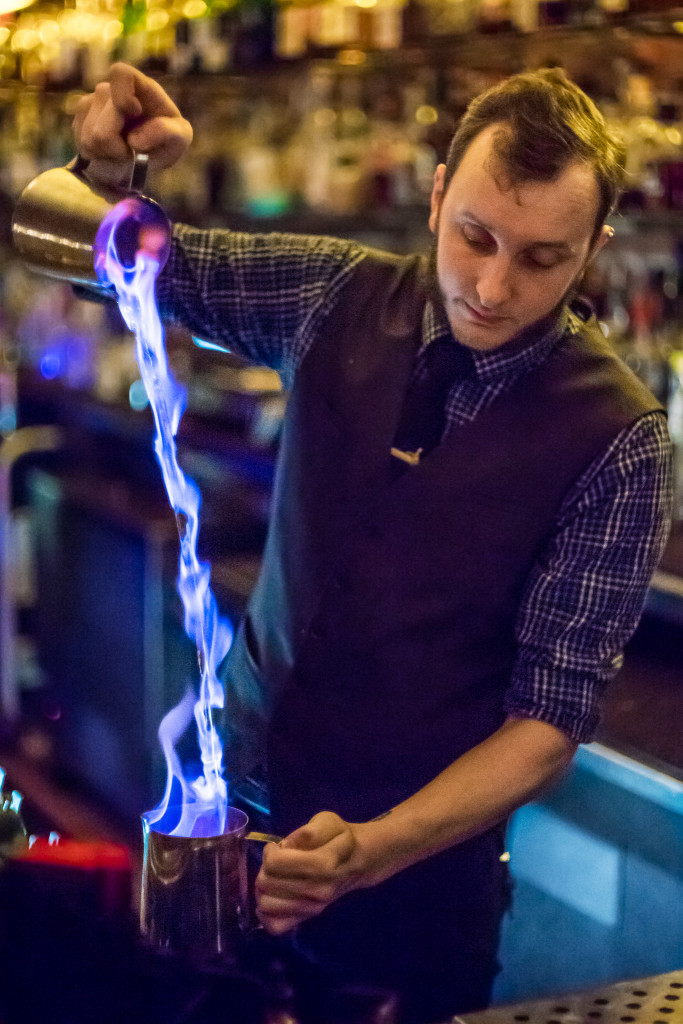
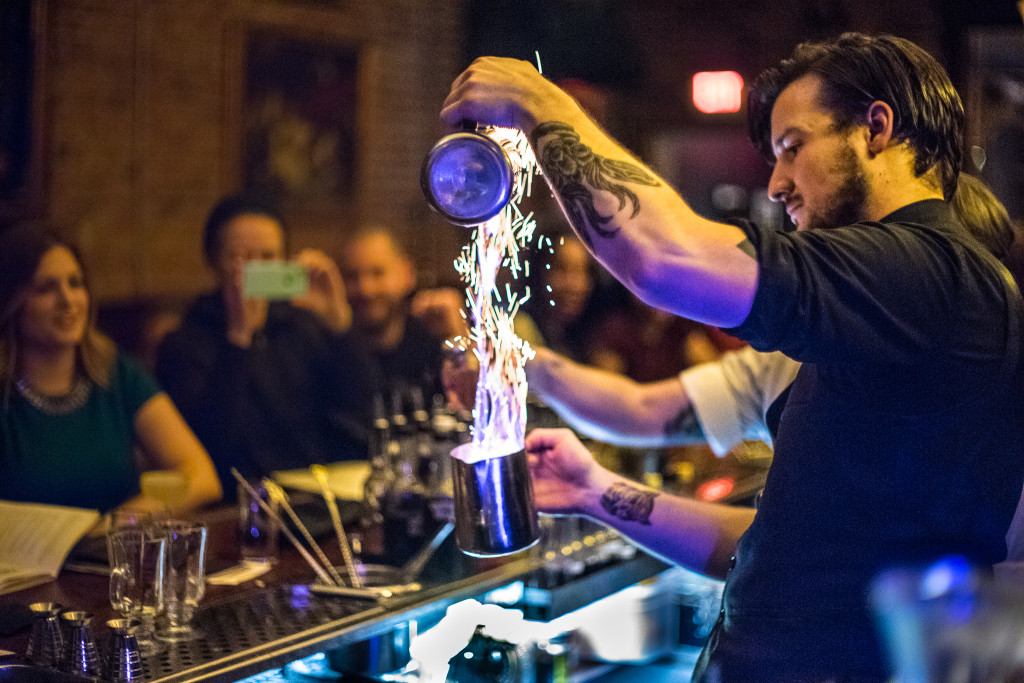
-
Be accommodating.
A couple might ask for a photo or simply want to know what your up to. I’ll always oblige a photo request and let the subject know that they should follow the establishment on social media to see images from the shoot but that the social media manager will determine which images are posted. It’s not out of line to pass a business card and offer to email a shot of a couple or individual. Moments like these can lead to future work.
-
Wait your turn.
You may very well end up with shots you like a lot and would love to share on your social streams. That’s great but unless the person cutting the check tells you otherwise I’d suggest you post an image only after the client has first shared it themselves. This isn’t as bad as it seems because the client will often post those best shots first.

-
It’ll be dark, so be prepared.
You may shoot in bars that are comically dark and flash is very distracting to everyone in the space. I never use it on these shoots. Nothing you do should risk turning off a customer to considering a future visit. Find what light there is and exploit it. Shoot with the fastest lens you have and test the limits of the reciprocal rule. I’ll often shoot in bursts which will result in catching an acceptably sharp frame. These images are frequently shared at lower resolution and viewed on a mobile phone. Try to set aside any obsession you may have for the perfect file in your other work. If the noise gets to be too much just convert to black and white; ART!
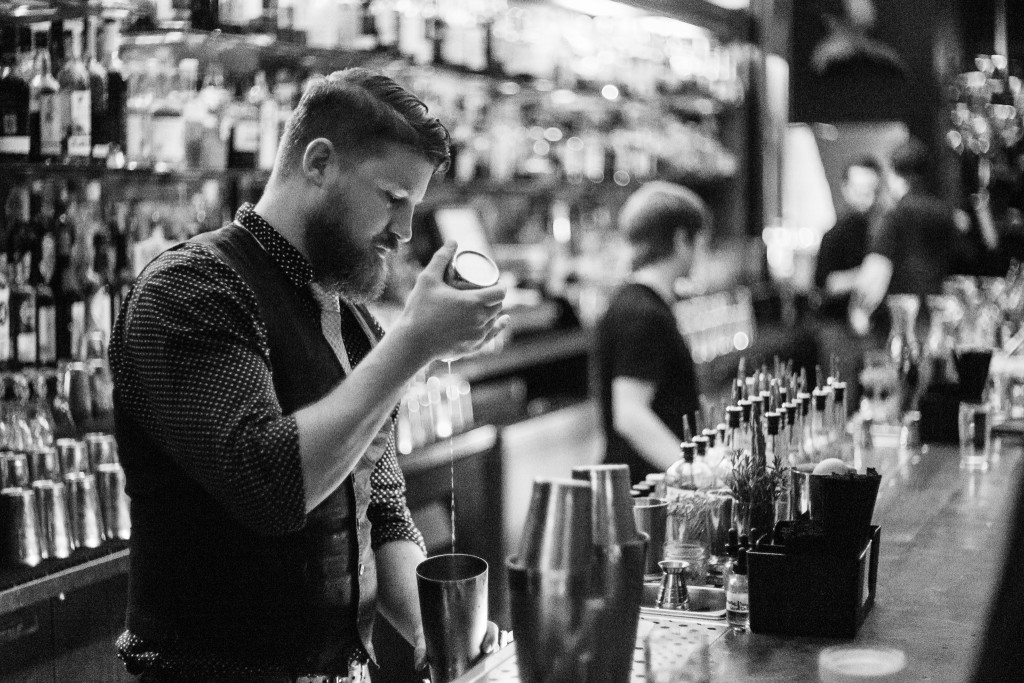
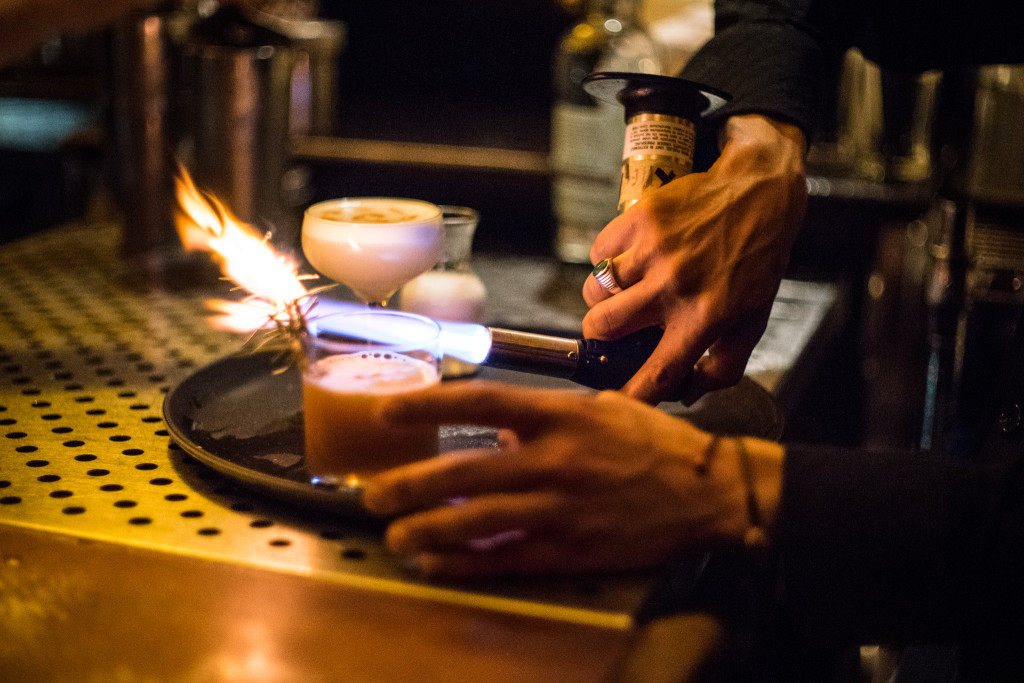
-
Catch them looking.
Most of the time you’ll be shooting patrons while trying to remain inconspicuous. That said, if you spot an interesting patron that seems to have a friendly disposition try taking an extra beat with the camera to your eye in an attempt to be noticed. It might just be a fleeting glance, so be ready when it happens.

-
Ask about a punch list.
Your client likely has a particular list of things that they’d like to see. Make sure you know what it is and do your best to cover it. For a bar/ restaurant shoot expect something like food/drinks, details and customers.
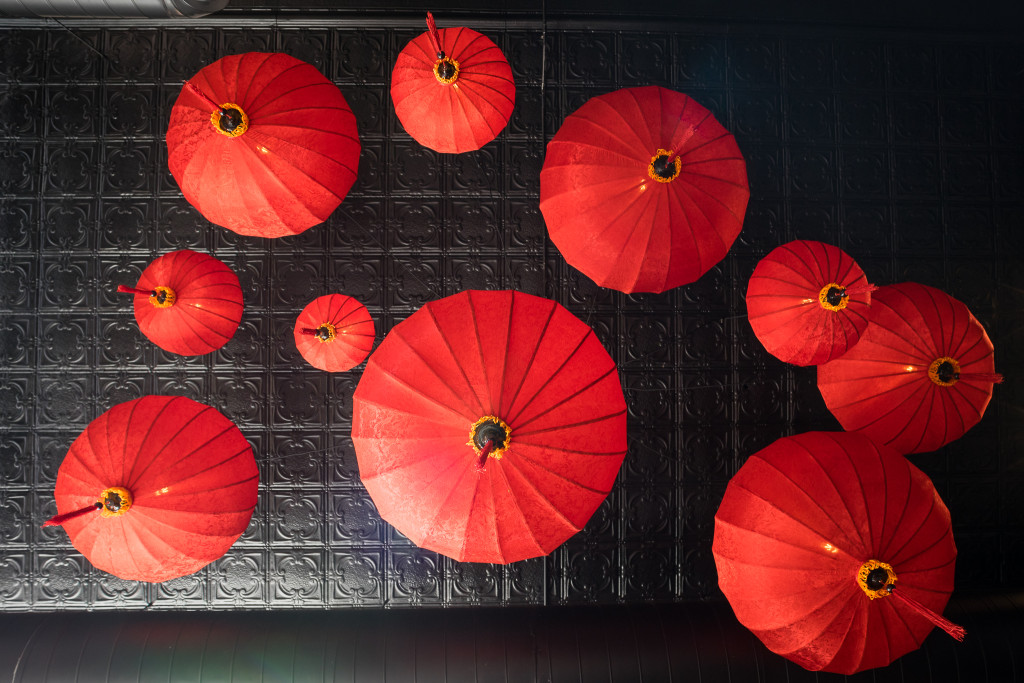
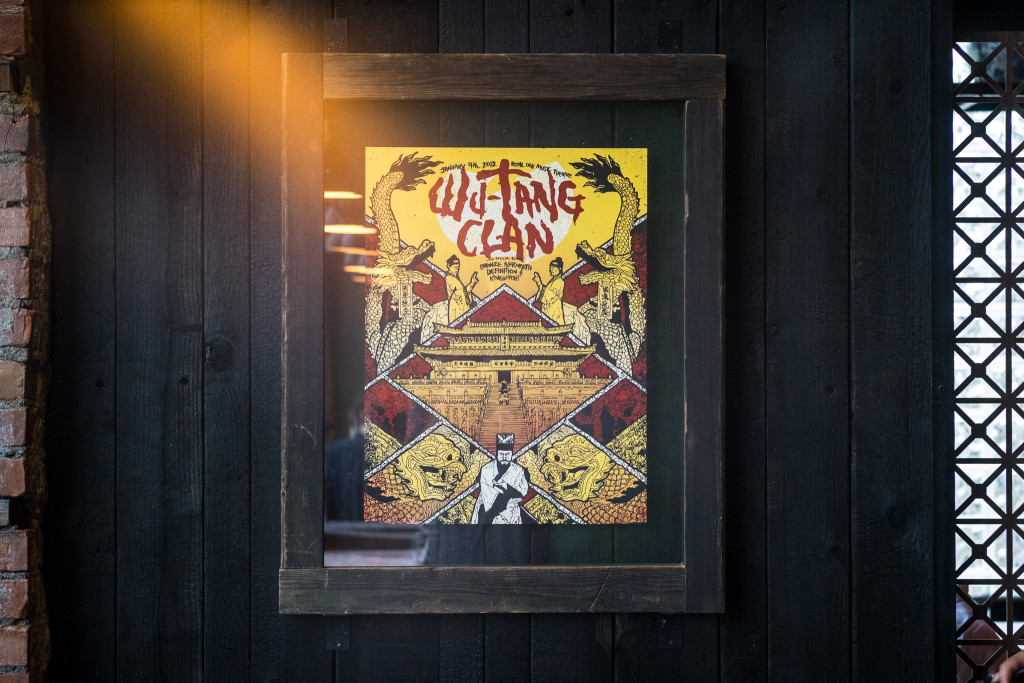
-
Do your thing.
Don’t hesitate to get creative. If a client is following you on social media and asks you to “do your thing,’ do it. Your style is likely why they hired you. Just be sure that the aesthetic of their space works in tandem with your stylistic touches.
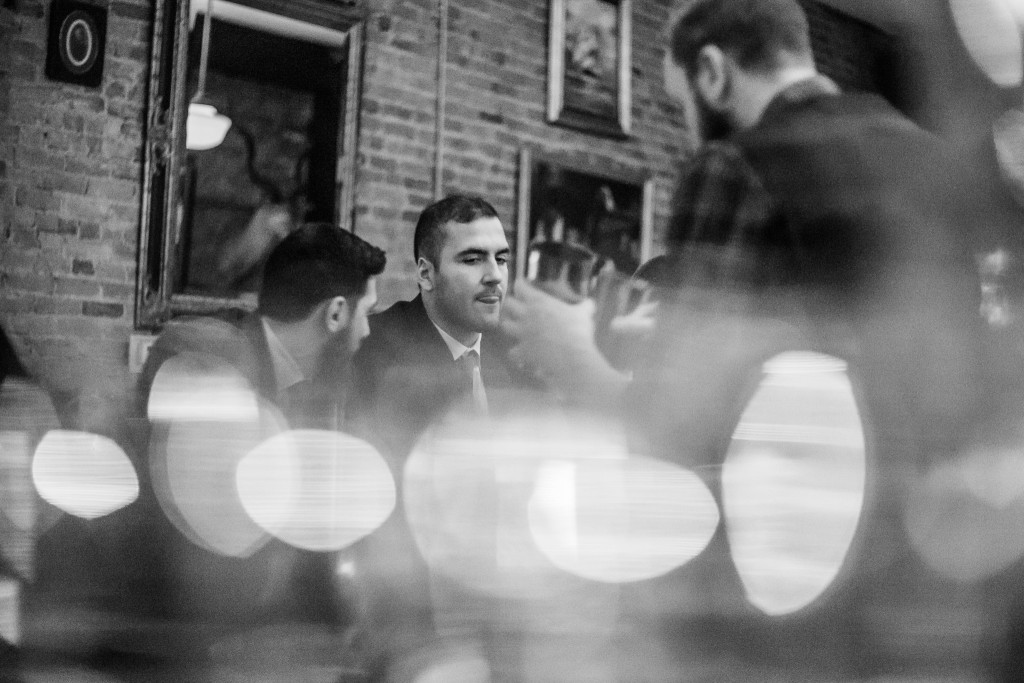

These are some examples of what has worked for me, but ultimately each space and client is unique. Knowing when to adjust your plan can be just as important as having one.
It’s not lost on me that shooting the job is one thing but landing the job is another hurdle entirely. In my next blog I’ll discuss some ways to drum up these social stock shoots.
Questions? Feel free to leave a comment or contact me via my website or social feeds.
Read Andy’s previous posts on gear, creativity and more here.
Special thanks go out to the Detroit Optimist Society and their collection of great bars and restaurants (The Peterboro, The Sugar House, Wright & Co., Cafe 78 and Honest John’s,) some of which are featured in this blog.


